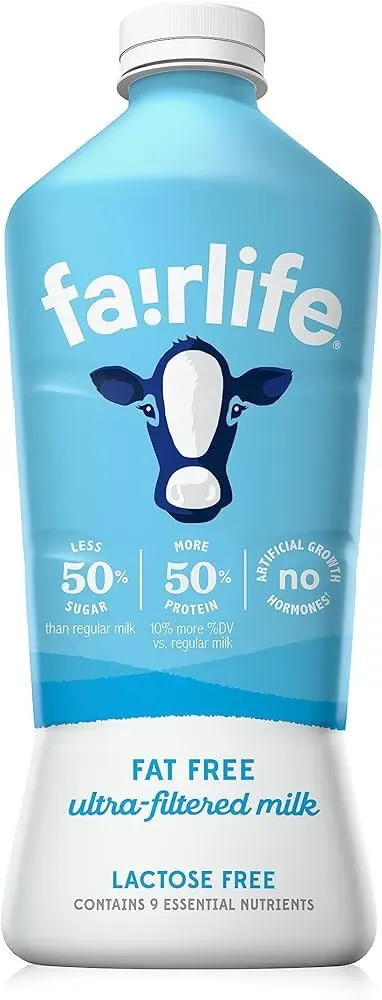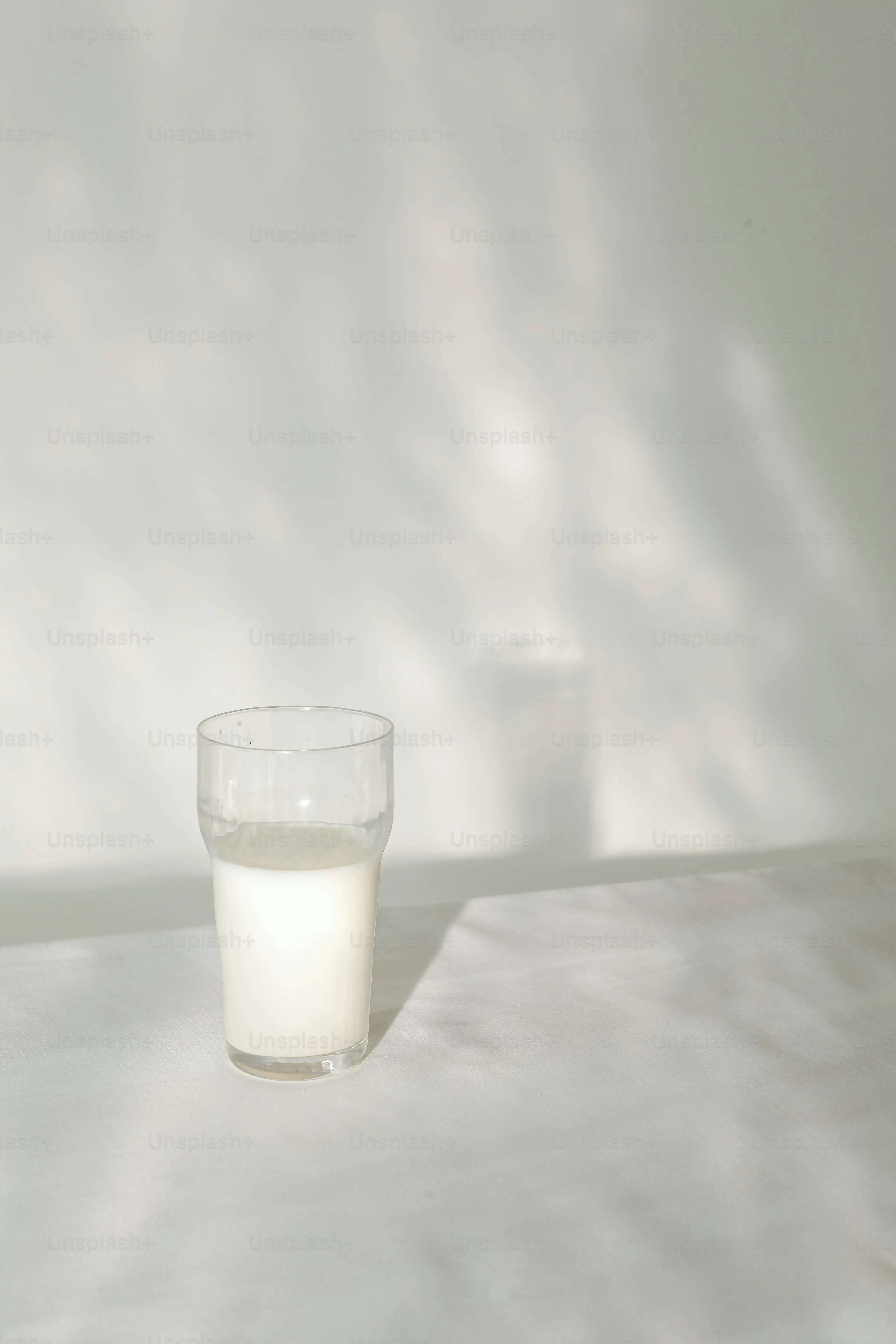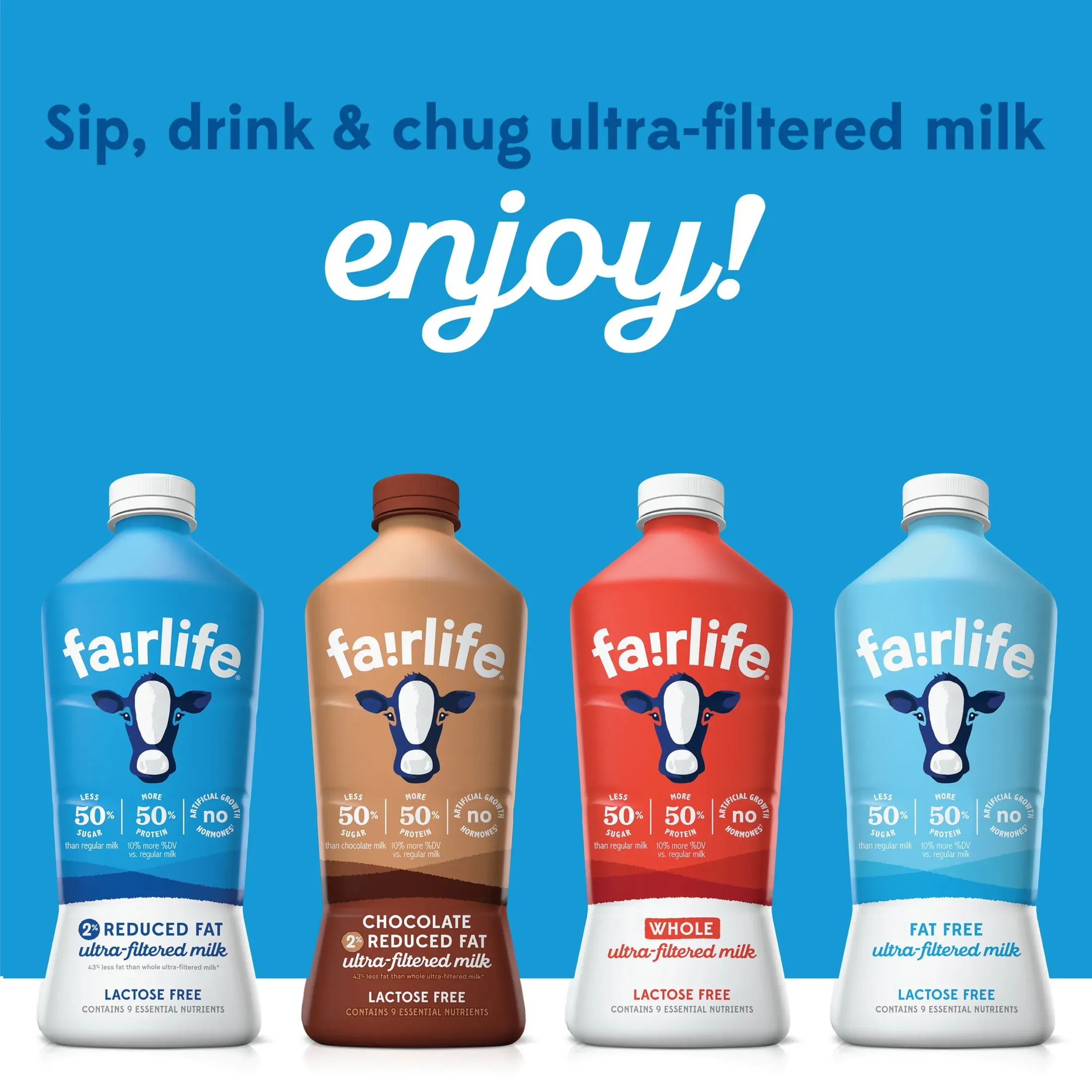Table of Contents
Alright, let's talk milk. For ages, it’s been the go-to for strong bones and morning cereal. But maybe you’ve noticed the sugar content on the label, or you’re trying to get a bit more protein without chugging a shake. Regular milk is fine, sure, but what if there was something... different? Something that gives you more of the good stuff and less of the stuff you might be trying to cut back on?
What Exactly is Filtered Low Fat Milk?

What Exactly is Filtered Low Fat Milk?
so you've probably seen it in the dairy aisle, maybe next to the organic stuff or the fancy almond drinks – jugs labeled "ultra-filtered" or similar terms, often branded as filtered low fat milk. What's the deal? It's not some genetically modified cow juice, just milk that's been put through a serious filtering process. Imagine pushing regular skim milk through a super-fine sieve, but on a molecular level. This membrane filtration system is designed to let smaller molecules like water and lactose (that's milk sugar) pass through, while the larger protein molecules and calcium get left behind. They basically filter out about half the water and a good chunk of the sugar. Then, they add back some water and the milk fat (in this case, just enough for low fat) and sometimes an enzyme to make it lactose-free. The result? A milk that’s thicker, creamier-tasting even at low fat, and crucially, boasts way more protein and significantly less sugar than its traditional counterpart.
Filtered Low Fat Milk vs. Regular Milk: The Key Differences

Filtered Low Fat Milk vs. Regular Milk: The Key Differences
The Numbers Don't Lie: Protein and Sugar
let's cut to the chase. The biggest deal with filtered low fat milk compared to the regular stuff? The nutrient profile gets a serious makeover. We're talking about almost double the protein. Imagine getting 13 grams of protein in a single cup instead of the usual 8. That's significant, especially if you're trying to hit protein goals for muscle recovery or just feel fuller longer. On the flip side, the sugar count drops dramatically – often by half. Regular milk naturally contains lactose, a sugar. The filtration process yanks a good chunk of that out. So, you get more protein punch and less sugar load, all in the same volume of liquid. It's like getting the highlights without the lowlights.
Beyond the Macros: Texture and Lactose
It's not just about the protein and sugar numbers. The filtering process fundamentally changes the milk's composition. By removing water and lactose, you're left with something thicker. Think less watery skim milk and more like... well, milk. Some people find this richer texture more satisfying, even in a low-fat version. Another crucial difference is the lactose. Since a significant amount is filtered out, and often an enzyme is added to break down the rest, filtered low fat milk is typically lactose-free. This is a game-changer for the roughly 68% of the world's population that has trouble digesting lactose. No more post-milk tummy woes.
Feature | Filtered Low Fat Milk | Regular Low Fat Milk |
|---|---|---|
Protein per cup | ~13g | ~8g |
Sugar per cup | ~6g | ~12g |
Lactose | Typically lactose-free | Contains lactose |
Texture | Thicker, creamier | Standard milk texture |
Who Benefits from Drinking Filtered Low Fat Milk?

Who Benefits from Drinking Filtered Low Fat Milk?
Fitness Fanatics and Protein Seekers
so you’re hitting the gym, crushing those workouts, and constantly hearing about the magic of protein. Or maybe you're just trying to stay full longer between meals. This is where filtered low fat milk really shines for a specific crowd. Because they've kicked out a bunch of water and sugar, what's left is a more concentrated protein source. Swapping your regular milk for filtered low fat milk post-workout means you're getting a bigger protein boost without extra calories from fat or sugar. It's a simple switch that can help with muscle recovery and growth, making it a smart move for anyone serious about their fitness goals or just looking to add more quality protein to their diet easily. Think of it as getting more bang for your buck in the protein department.
The Lactose-Intolerant Crowd
Let's be real, dairy and lactose intolerance is a massive bummer for a huge chunk of the population. That creamy goodness is off-limits unless you want to spend the next few hours regretting your life choices. Traditional milk is loaded with lactose, the sugar that causes all the trouble when your body doesn't produce enough of the enzyme lactase to break it down. But remember how filtered low fat milk has most of the lactose filtered out, and often has that helpful enzyme added? This makes it a dairy option that many people who are lactose intolerant can actually drink without issue. Suddenly, milk in your coffee, on your cereal, or just a cold glass becomes a possibility again, without reaching for non-dairy alternatives if you still prefer the taste and nutrients of cow's milk.
So, who exactly might find filtered low fat milk a good fit? Here’s a quick rundown:
- Athletes and fitness enthusiasts needing more protein.
- Individuals looking to reduce sugar intake from dairy.
- Anyone who is lactose intolerant but still wants to enjoy cow's milk.
- People seeking a creamier texture in their low-fat milk.
- Those aiming for a more nutrient-dense beverage option.
Using Filtered Low Fat Milk in Your Kitchen

Using Filtered Low Fat Milk in Your Kitchen
Cooking and Baking with Filtered Low Fat Milk
so you've got this carton of filtered low fat milk and you're wondering, "Can I just swap this into my regular recipes?" For the most part, yes, you absolutely can. However, remember how we talked about it being thicker? That extra density comes from less water. In things like sauces, gravies, or creamy soups, that thicker texture is actually a bonus; it helps you get a richer consistency without needing to reduce it as much or add thickeners. Just pour it in and stir, same as you would with regular milk.
Baking is where you might need a slight adjustment. Because there's less water, if a recipe relies on the liquid content for hydration (like some yeast breads or very wet batters), you might need to add a tiny splash more liquid – maybe a tablespoon or two per cup of milk called for – depending on the recipe and how it looks. For most everyday baking like muffins, pancakes, or cakes, a straight swap works just fine. The higher protein content can sometimes give baked goods a slightly softer crumb, which isn't a bad thing in my book.
Perfect for Drinks and Smoothies
This is where filtered low fat milk really shines without any fuss. Its natural creaminess, even with lower fat, makes it fantastic in coffee or tea. No more watery low-fat lattes! You get that satisfying mouthfeel. For smoothies, it's a no-brainer. The higher protein content makes your smoothie more filling and nutritious, and the slightly thicker texture helps create a smoother, less icy blend. It mixes beautifully, and because the sugar is lower, you can control the sweetness of your drink better, letting the fruit or other ingredients take center stage. Plus, if you're lactose intolerant, you can finally enjoy a creamy milk-based smoothie without the aftermath.
Want to give filtered low fat milk a try in your routine? Here are a few simple ways:
- Pour it over your morning cereal for extra protein.
- Blend into your post-workout smoothie for muscle recovery.
- Use it in your coffee or tea for a creamier texture.
- Whisk into scrambled eggs or omelets.
- Substitute it in creamy soup or sauce recipes.
- Enjoy a cold glass on its own as a protein boost.
Finding Filtered Low Fat Milk: Where to Buy It

Finding Filtered Low Fat Milk: Where to Buy It
Checking the Dairy Aisle of Major Supermarkets
Alright, so you’re sold on the idea of filtered low fat milk – the protein boost, the lower sugar, maybe even the lactose-free angle. Now, where do you actually find this stuff? Good news: it’s not hiding in some secret health food bunker anymore. Your first stop should be the dairy aisle of your regular, run-of-the-mill supermarket. It’s become pretty mainstream. Look past the gallons of conventional milk and the rows of almond or oat drinks. Filtered milk is usually stocked right there, often on the shelf directly above or next to the standard cow’s milk. You might see brands prominently featuring "ultra-filtered" or highlighting the higher protein and lower sugar content right on the carton. It's hard to miss once you know what you're looking for.
Spotting Specific Brands and Varieties
While the concept is the same – milk put through a special filter – different brands offer their own versions. Fairlife is probably the most widely recognized name in the ultra-filtered milk game; they were pioneers in bringing this to the mass market. But other companies have jumped in too. You might find organic versions of filtered low fat milk, or options with added vitamins beyond the standard D. Sometimes, store brands even offer their own filtered varieties now. Take a moment to scan the labels; the packaging often highlights the key benefits like "50% more protein" or "lactose-free" to differentiate itself. Don't just grab the first carton that says "milk"; look for those specific callouts.
When you're looking, keep an eye out for these common brands and types:
- Fairlife (often the most prevalent)
- Organic Valley Ultra-Filtered
- Store brand filtered milk
- Lactose-free versions (most filtered milk is, but some explicitly state it)
- Different fat percentages (though we're focusing on low fat here, 2% and whole are also filtered)
Looking Beyond the Usual Suspects
While big supermarkets are your best bet, don't discount other places. Some smaller health food stores or specialty grocery markets also carry filtered low fat milk, sometimes offering brands or varieties you might not find elsewhere. If you're having trouble locating it locally, or just prefer the convenience, online grocery platforms often stock various brands of filtered milk that can be delivered. Before making a special trip, a quick check of your local store's online inventory or a call to the dairy manager can save you time. It's out there; you just need to know where to look, and increasingly, it's right under your nose in the standard dairy section.
Filtered Low Fat Milk: Is It Right for You?
So, we've pulled back the curtain on filtered low fat milk. It's milk that's been processed to concentrate the protein and reduce the sugar, often making it lactose-free in the process. It offers a denser nutritional profile than standard milk, which can be a genuine advantage whether you're tracking macros, managing lactose intolerance, or just looking for a more protein-packed drink. While it might taste a touch different or have a slightly thicker feel, it functions much like regular milk in most uses, though baking might require a minor tweak. It's not a magic potion, but for those seeking specific dietary benefits from their dairy, it's a solid contender worth considering the next time you're navigating the dairy aisle.
